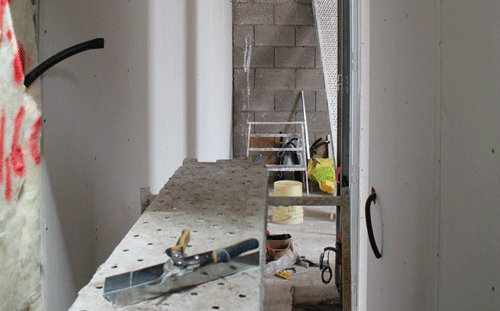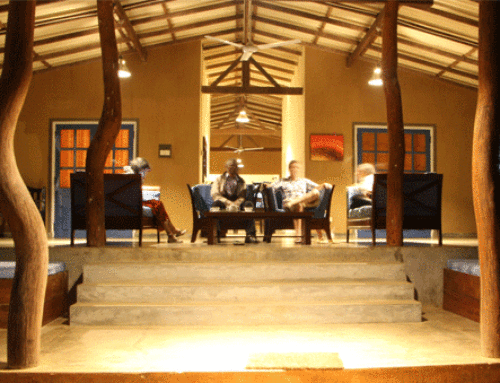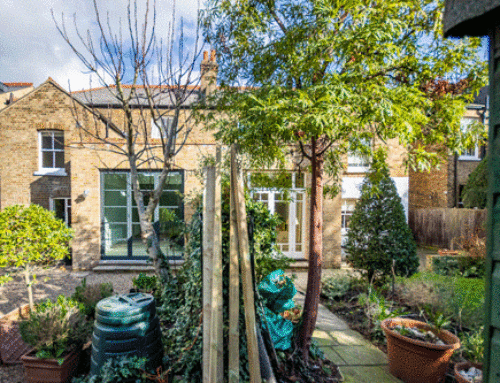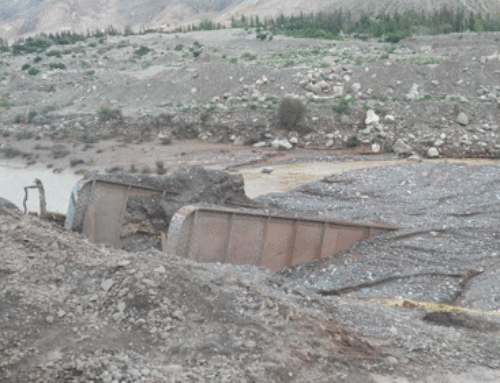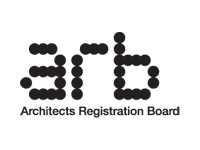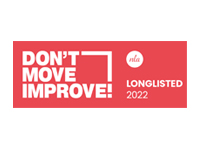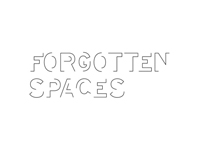10 Mistakes To Avoid When Extending
There are several mistakes that are easy to make when extending your home, fortunately many of these are also easy to avoid, (particularly if you play close attention to #10):
#1 Rushing In
Ever heard the phrase ‘only fools rush in’? This is never more true than with changes to your home, but it’s an easy mistake to make out both enthusiasm and blind panic.
It’s worth remembering that building projects take time. There are ways to save time, but rushing in is rarely going to achieve this.
Instead, spending a few weeks getting the plans and approach right during the early stages can save you vast amounts time and money down the line. A large proportion of an Architect’s work happens way before a stone is turned on site and there are good reasons for this. The pre-construction stages are essential for a successful final project.
#2 Throwing money at the project
This might seem an odd one, as generally you get what you pay for. But that depends: Most home building projects don’t have unlimited budgets and so you need to be clear about your priorities for your cash.
Spending money into the wrong things can be a waste: It’s a common fallacy to spend thousands of pounds on fancy finishes in a vain attempt to fix badly built or badly designed spaces. Some costs are unavoidable, but a good Architect will be able to save money in the right places whilst achieving an overall high quality space.
See our kitchen fit-out, built for 1/4th of the price of a standard flat-pack to see a low budget example of this.
#3 Avoiding Permissions
Sometimes people cut corners on statutory permissions only to find out that when it comes to selling they have serious problems, having to take out costly insurance to cover the breach.
It might seem a drag having to wait the 8 weeks for planning or having to arrange visits from Building Control, but these checks are ultimately there to protect you and those around you. If you have doubts speak to an Architect or your council, but never risk assuming you don’t need permission.
- Planning Permission
- Listed Building Consents
- Building Control Approval
- Approvals from Utilities companies such as Thames Water for building over a sewer
- Party Wall Notices to your Neighbours
- Instead of ignoring these, contact us for professional advice: info@wsms-studio.com
#4 Taking a piecemeal approach
This frequently happens when people have different areas of their home that they would like to change, but aren’t sure whether they will have the time or money to do it all at once.
It’s easy to fall into the trap of piecemeal solutions that add up to a series of disjointed ‘temporary’ solutions that last a lifetime and cost a fortune overall.
A holistic plan is essential if you want have a house that feels complete. Your architect can help you to phase your plan according to your needs, but ensure that the design is a holistic one and fits within your budget.
#5 Going into the project without a clear list of objectives
This is harder to get right and a more common issue than you might think. Part of your Architect’s job is to help you to clarify and develop your brief and to understand why you want to build in the first place.
Reasons might be purely lifestyle, or it might be that you want to add financial value but aren’t sure how. More often than not it’s a combination or reasons, but you need to know and understand your priorities in order to obtain them.
Sometimes, the answer is not to build at all and your Architect should be able to give you an honest appraisal based on your priorities. Contact us for a free assessment for projects within London or Tenerife: info@wsms-studio.com
#6 Getting sucked in by pretty images on Pinterest
Don’t get me wrong, Pinterest is a useful tool and I advocate that all clients get on there to see the kind of things they are drawn to. But, it’s easy to get caught-up in images that aren’t applicable to your particular project.
When looking at images it’s important to decide what it is that calls you about a particular image and why. Your Architect will be able to apply the key qualities into your project in a way that is appropriate and personal.
#7 Always going for the cheapest offer
The cheapest is not always the best option (though sometimes it is). It’s important to get a series of quotes for every service you need throughout your project – from choosing your bathroom fit out to the people who manage your project.
In order to make appropriate comparisons, you need to check what services and products are included as well as making sure you know enough about the company you’re working with to feel comfortable.
To obtain a detailed quote from us e mail: info@wsms-studio.com
#8 Avoiding Contracts
Your project is likely to be as significant and complex (if not more so) as purchasing your house. Yet, whilst no one consider completing purchase on a house without having contracts in place, many will undertake building work based on trust alone.
Trust is an important thing in any working relationship, but relying on trust alone when it comes to construction is naive. Pre-written building contacts with your contractor and Appointment Contracts with your Architect/ Engineer are essential if you want to proceed smoothly and efficiently.
The truth is stuff goes wrong in projects and often it’s the clauses in the contract that ensure that the right people take responsibility. Your Architect should advise you on which type of building contract is appropriate for your project and can help to administer this contract. You should also proceed with any professional only after signing a contract outlines the services to be undertaken as well as terms and conditions.
At WSMS we always insist that a clear contract is in place before proceeding with work. Like many Architects, we operate under RIBAs standard forms of appointment or a letter contract for smaller jobs.
#9 Assuming things will work out
Whether your project is large or small, there are unforeseen risks. These can be physical (often you don’t know what secrets your existing house has to reveal); regulatory (risks of planning refusal, etc); personnel based (the risks of employing teams of people you don’t know and managing them on site); or economic.
TV reality tends to skim over the issues that occur on small jobs, but the truth is there will likely be some complex problems along the way and you should go into any project with your eyes open to that fact.
It is an Architects job to mitigate and manage these risks for you, from being your representative with contractors, planners and approved inspectors to dealing with unforeseen events on site. Those willing to go it alone are those that should be prepared for a lot of work and a lot of stress and a steep learning curve.
See our Services a full list of the project management and architectural services we provide to ensure a smooth process.
#10 Thinking that Architects are too expensive for your ‘small job’
Employing an Architect is one of the best investments you can make whether your project is large or small. They can help you avoid mistakes but also add a huge amount of value to your home through their skills and knowledge.
It can be easy to think that the up-front cost of employing someone to manage your project would be too much, but more often than not, a short term saving is substitute for the loss of long term value. In addition, Architects are often not as expensive as people assume and you might be surprised as the value that we can offer.
To get an idea of costs for your project, e mail us at: info@wsms-studio.com.
